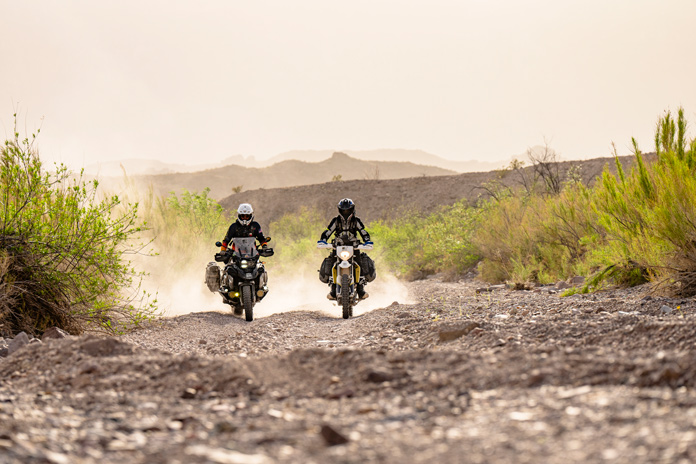
www.dailywire.com
Virginia School System Sold China A Handbook On ‘How To Clone’ America’s Top STEM School
A Virginia school district sold the Chinese Communist Party curriculum and blueprints of America’s top STEM magnet school so the CCP could replicate it, documents reveal.
Between 2014 and 2021, Chinese entities gave $3.6 million to the Thomas Jefferson Partnership Fund, a nonprofit ostensibly dedicated to renovating Fairfax County Public Schools’ (FCPS) Thomas Jefferson High School for Science and Technology. In return, China received insider information that it used to build a chain of 20 STEM schools in China called the “Thomas Schools.” The Thomas Schools copied the Virginia school down to its logo. The arrangement came to light last year, and was exposed in detail Thursday in National Review.
The Partnership Fund entered into agreements with the Ameson Foundation, whose founder, Sean Zhang “is tied to the CCP’s United Front Work Department” — a foreign influence campaign — and Tsinghua University, also connected to the CCP and Chinese military, National Review reported. The Chinese contributed a significant share of the money the nonprofit raised. In 2021, it reported revenue of $311,980, and paid its executive director, Aristia Glinka, $185,000, according to tax disclosures.
FCPS claimed that the nonprofit was separate from the school system, and that the money was a donation. But the evidence seems to contradict both of those claims.
In 2018, Thomas Jefferson’s assistant principal wrote that the Partnership Fund “has a contract with Ameson that they will pay $1M in exchange for help in getting their schools up and running in China.” A Foundation employee said in an internal email that the agreement with Tsinghua, “with much input from lawyers,” did not “promise” anything from FCPS in return, but instead required TJPF to “try, to the best of its abilities to facilitate a cooperate relationship between Tsinghua and TJ.”
But the Partnership Fund had office space in the school, and its employees had FCPS badges and email addresses. The principal was on its board, and requests under the “agreement” went to FCPS employees, who promptly turned over information that would never be given to the general public.
Indeed, the contract obligated the Partnership to send teachers to China, something the nonprofit would seemingly have no ability to do if it was not FCPS. “Per our contract with Tsinghua University High School, we are required to send two educators to them for a week,” a partnership employee wrote.
A Thomas Jefferson employee wrote that Chinese officials wanted a “How to Clone TJHSST Handbook.” They requested curriculum materials, a list of lab equipment, and even sample projects created by students, asking them to put the student projects “on a thumb drive” since “Dropbox is not accessible in China.”
Another email informed the school’s current principal, Ann Bonitatibus, that the requests from China had become “more frequent” as the agreement neared its end date, and that they needed information “for the schools that they are building in China.”
The Thomas Schools’ website says “The Thomas Schools of China, modelled after the curriculum, pedagogy, and philosophy of Thomas Jefferson High School for Science and Technology in Virginia, United States, combine the finest in traditional Chinese culture with the core values of Thomas Jefferson High School for Science and Technology, the leading high school for STEM education in the US.”
China lists Geoffrey Jones, Thomas Jefferson’s first principal, as a member of the Thomas Schools’ “steering committee,” serving alongside Yang Juijun, China’s former Secretary General of the State Education Consultative Committee and former deputy director in the Ministry of Education. A former dean of the Stanford Graduate School of Education, Deborah Stipek, and former California Secretary of Education Alan Bersin are also on the committee.
China has a record of using educational programs to push propaganda. It operates “Confucius Institutes” within American schools and colleges, but does not allow American institutions to operate similar outposts in China. China has also entered into lucrative agreements with university professors in which they are required to place Chinese students in key American labs. In July, the Department of Justice entered into a $500,000 settlement with the University of Maryland to resolve False Claims Act allegations related to concealing Chinese money.
Last year, Virginia’s then-secretary of education said “The news that Thomas Jefferson High School for Science and Technology (TJHSST) and the TJHSST Partnership Fund (Fund) have accepted significant financial contributions from entities known to have connections with the Chinese Communist Party (CCP) raises significant concerns.”
“I am requesting that you direct schools within your division to cut ties with CCP-linked partners. Furthermore, I have asked the Virginia Department of Education to investigate the prevalence of such relationships between CCP-linked partners and local school divisions across the Commonwealth,” the letter said.
FCPS told National Review that the agreement with Ameson ended in 2018 and “FCPS has taken steps to ensure that the Fund will not accept or solicit donations from any foreign entity without the express consent of the division superintendent.”













